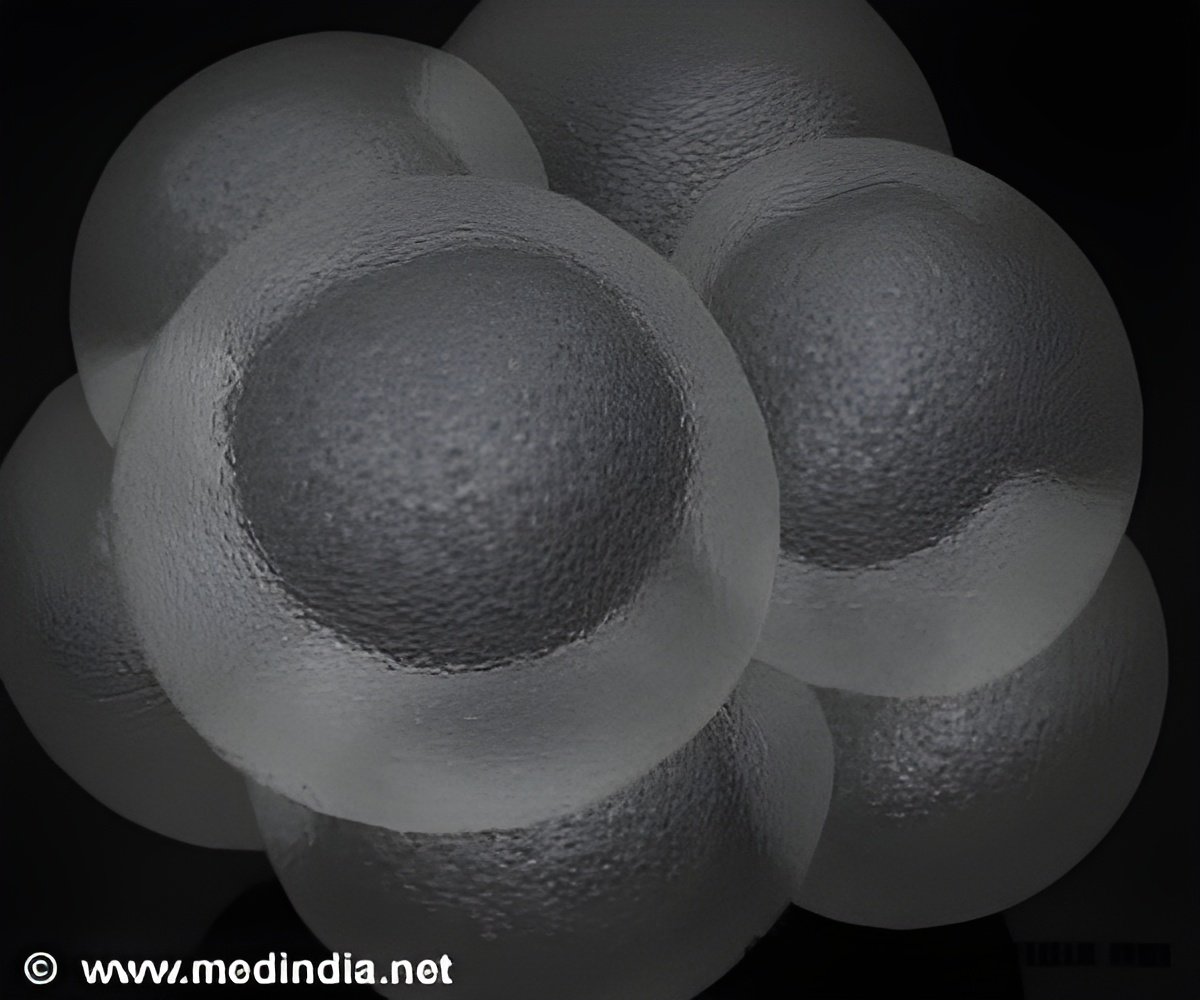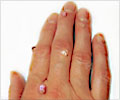Researchers analyzing DNA from samples taken from 40 patients with ‘virus negative’ genital warts found that many of the samples did contain HPV DNA.

The findings have implications for the knowledge of diversity of HPV types, as these viruses are currently undetectable using traditional testing methods.
Ten pools of four samples taken from virus-negative warts were tested using genetic material straight from the patient -- including viral, bacterial and human DNA. Five of the pools contained HPV, and three of these contained new strains of the virus.
Altogether, 1337 pieces of HPV-related DNA were detected, representing 23 new types of HPV, 10 established types of HPV and two known HPV DNA sequences.
This new style of testing has highlighted previously unknown forms of the virus. As such, we learn more about the evolution of different HPV types. It is possible that the previously unknown forms of the virus do not cause condyloma but may be secondary invaders of condyloma.
Advertisement













